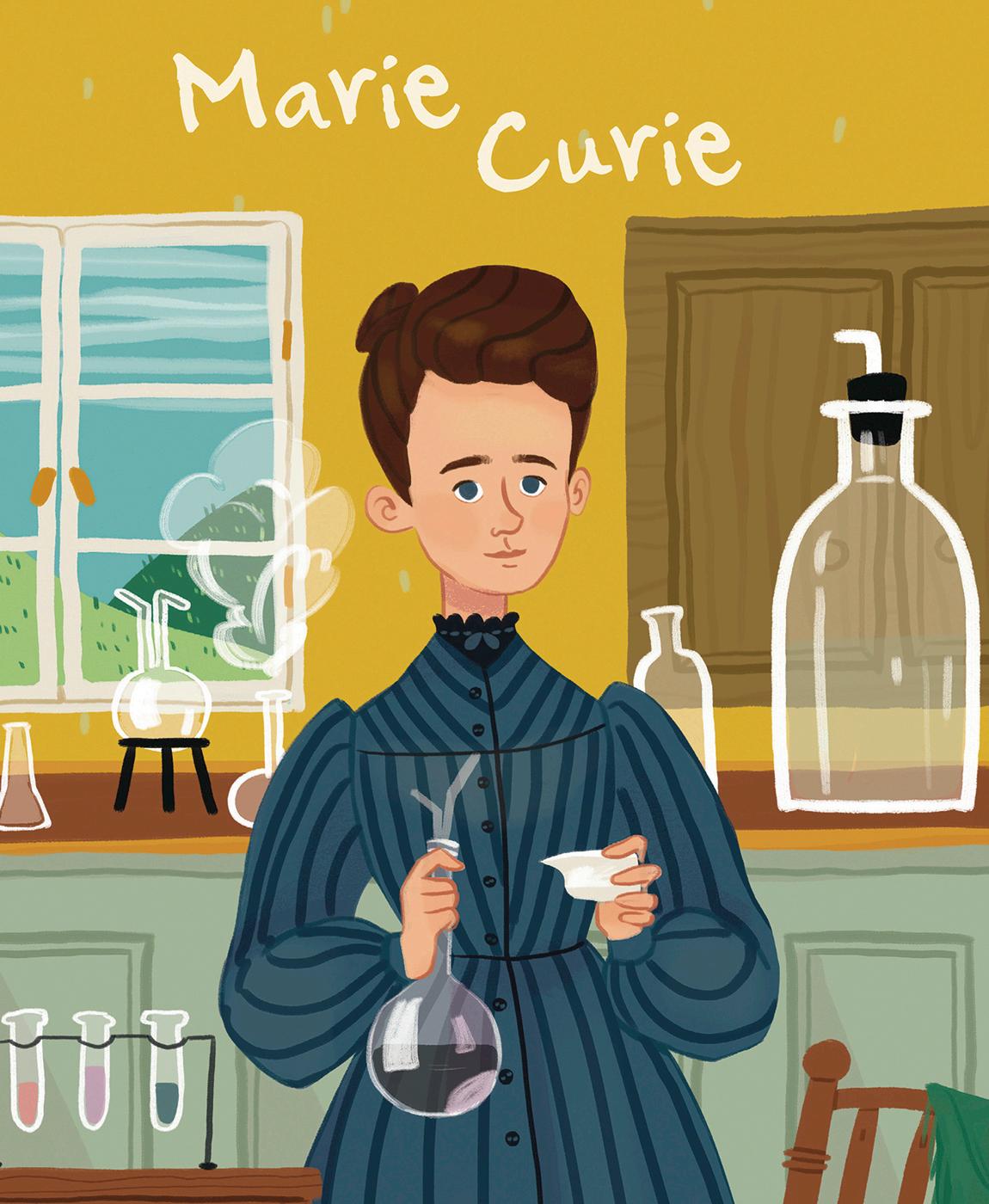
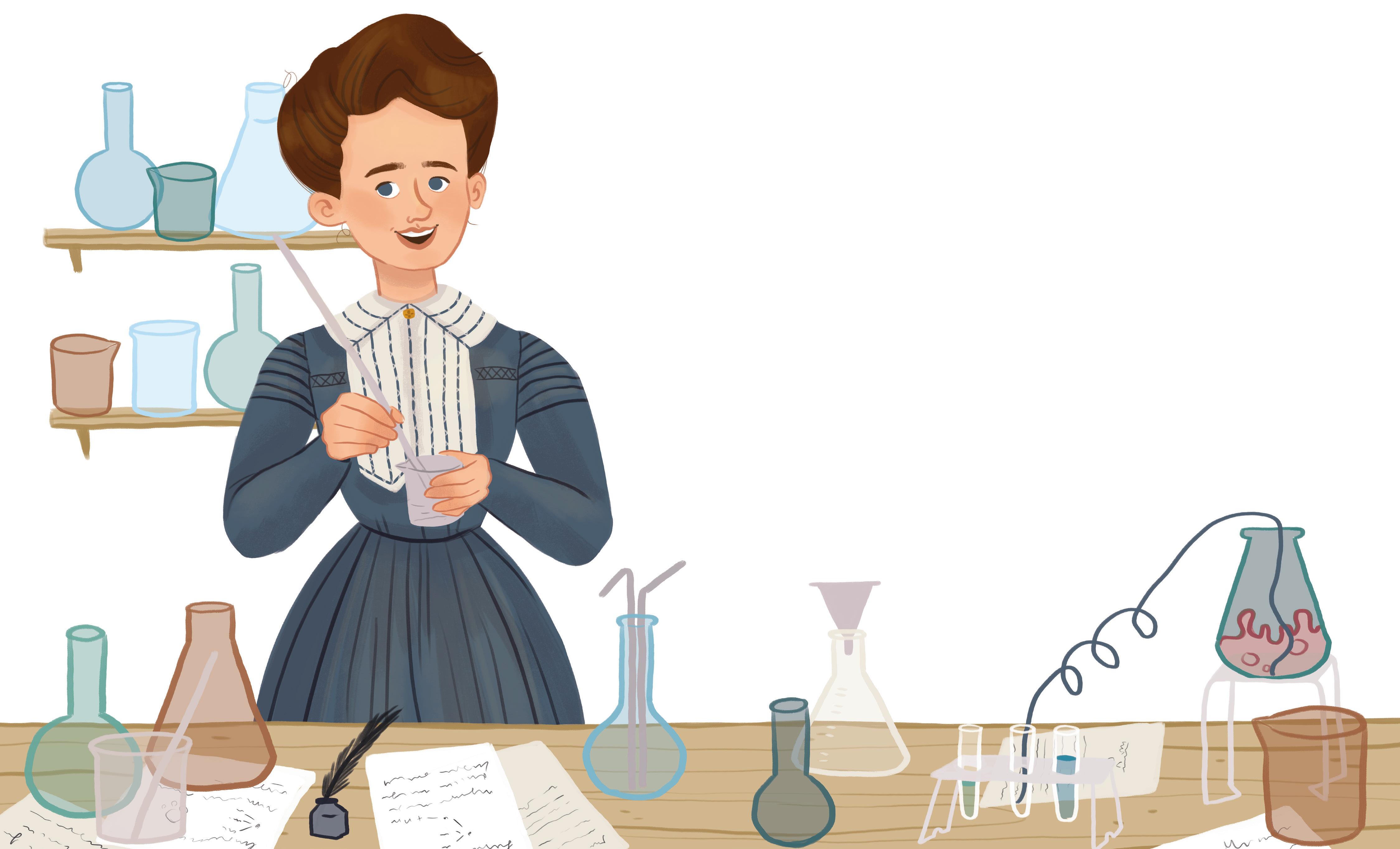

My name is Marie Curie and I am a Nobel Prize-winning physicist and chemist. During my life I made several groundbreaking scientific discoveries, including helping with the development of the X-ray and contributing to the fight against cancer.
Follow my story, from my humble beginnings in Poland to becoming a pioneer in the field of science.
In 1878 when I was just 10 years old, we lost my mother, Bronislawa, to tuberculosis. We began to struggle on my father’s wage and so eventually I began to work as a governess. I continued to study physics, chemistry and maths in my spare time and dreamed about getting a degree, but I could not afford to pay for university and anyway, the University of Warsaw was men-only at that time.
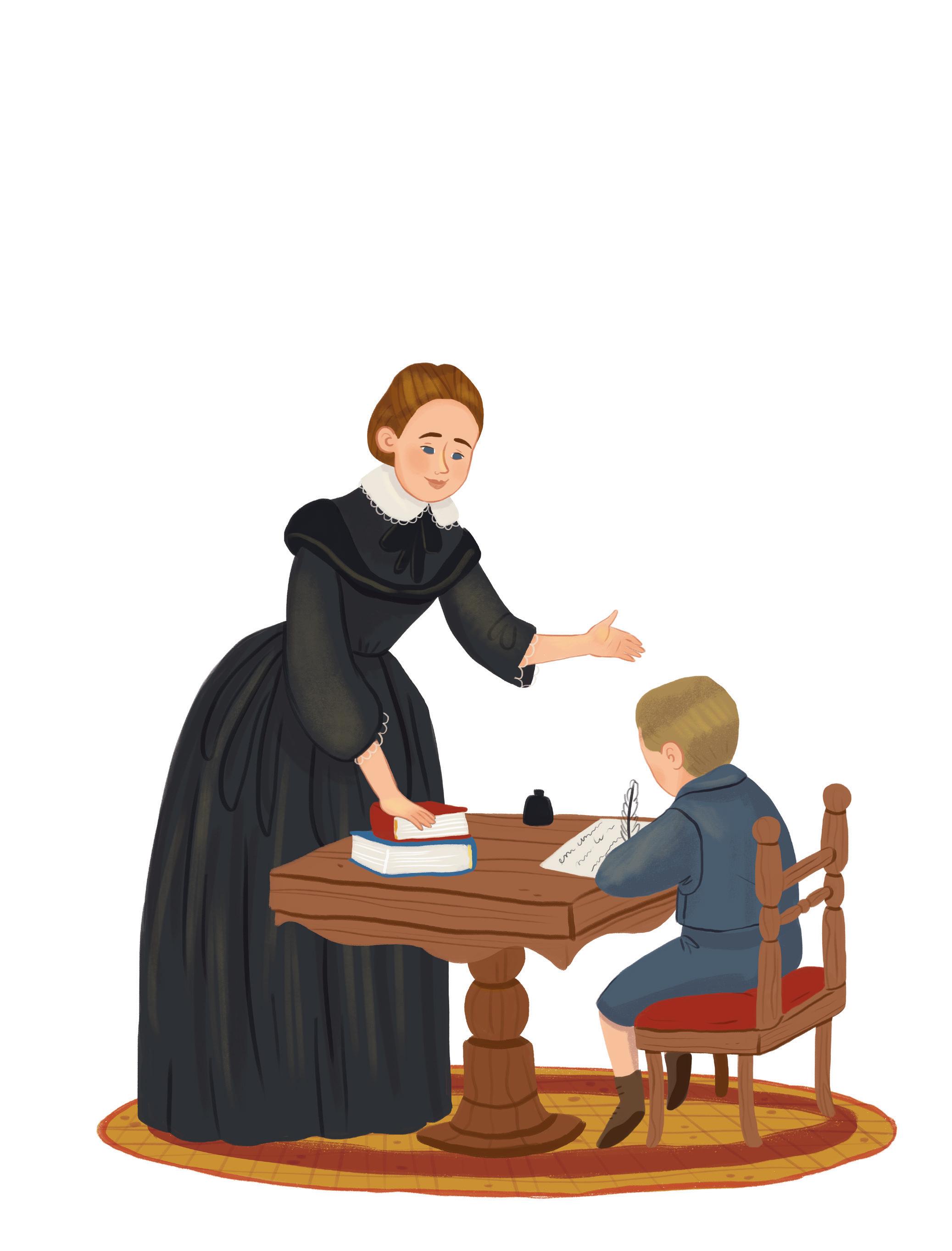
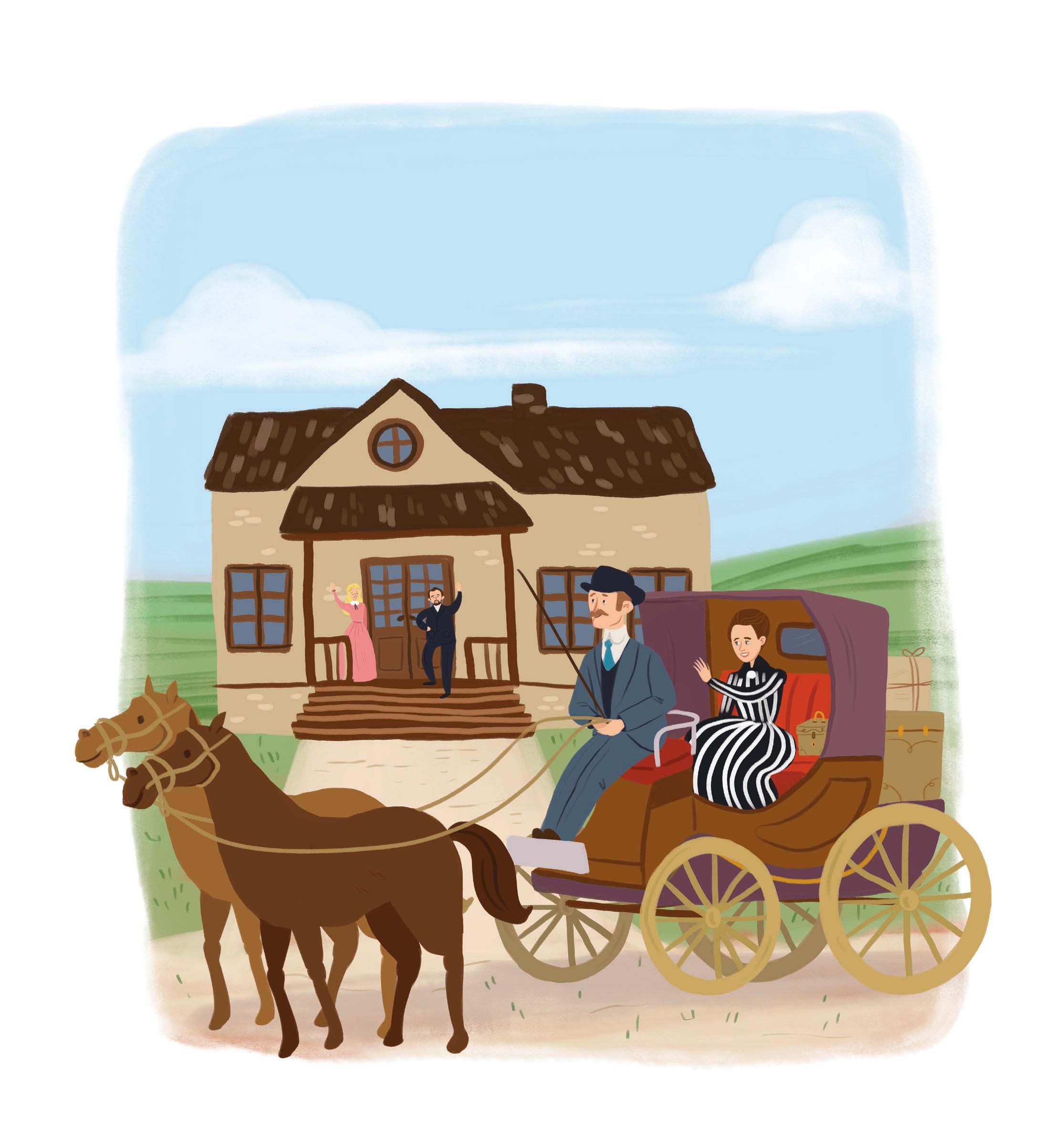
However, my sister Bronya and I were able to strike up a deal. I would support her financially while she studied medicine in Paris, and then she would do the same for me. So in 1891, filled with hope and excitement, I moved to France.

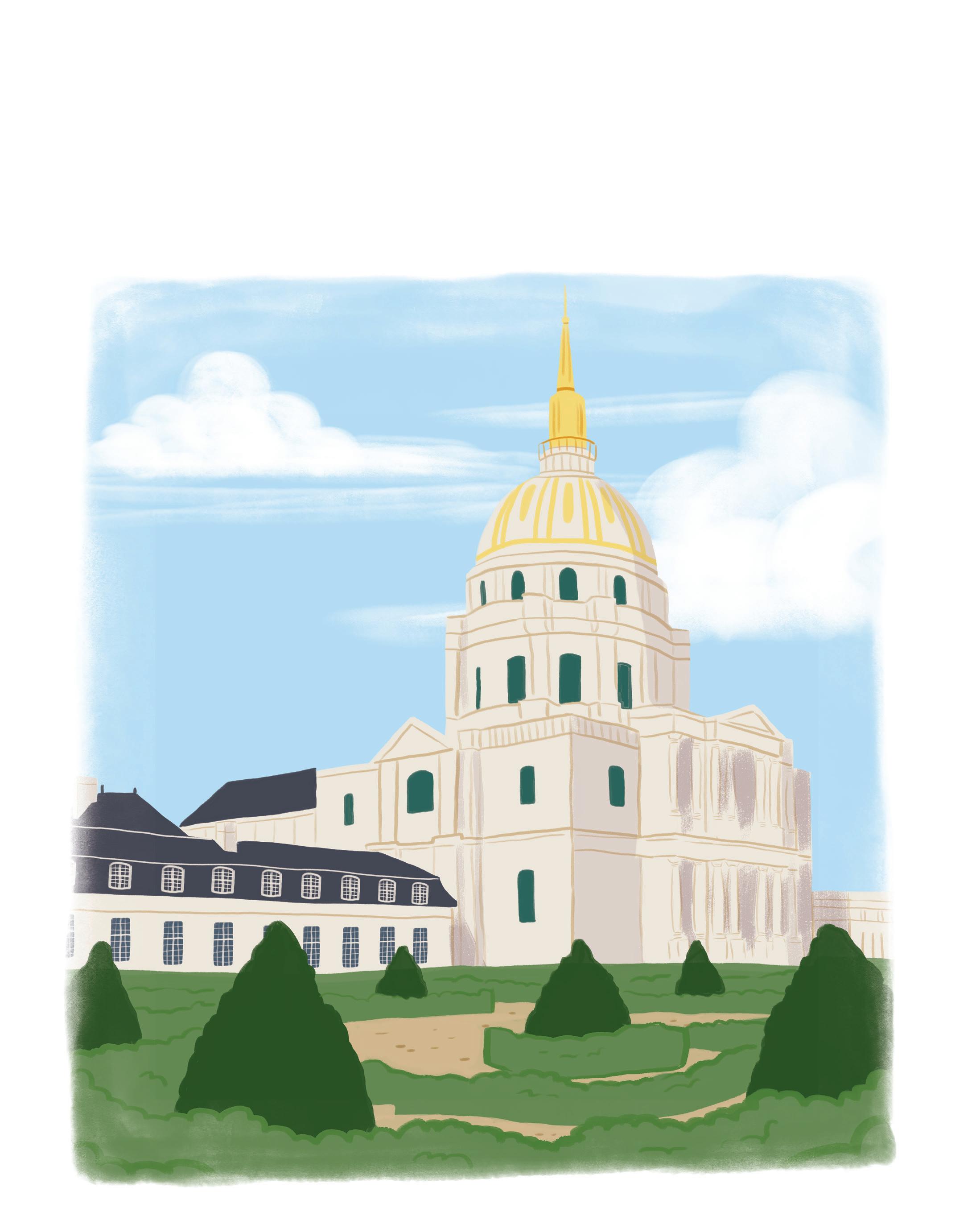
I began studying physics and maths at Sorbonne University in Paris, completing my degree in physics in 1893 and another degree in maths the next year. It was a tough time, as I had little money and survived mainly on bread and tea, but my appetite for learning got me through.

In 1894 I met Pierre Curie, a French physicist who was working in Paris. With our joint interest in science, we were perfect for one another. We married on 26th July the following year and went on to have two daughters – Irene was born in 1897 and Eve in 1904.
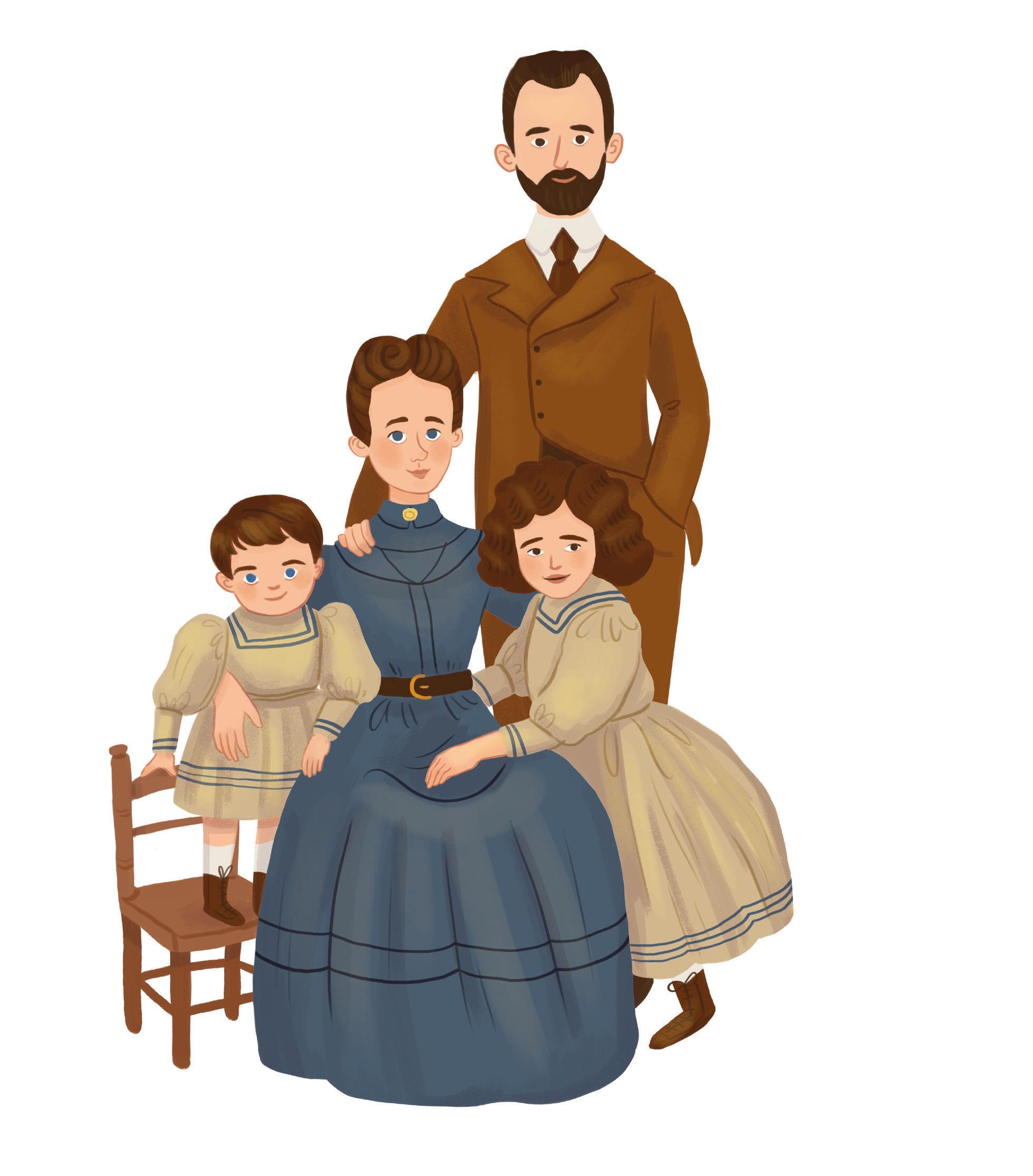
We began by grinding up samples of pitchblende, then dissolving them in acid and separating out all of the different elements. We succeeded in discovering a radioactive black powder within the pitchblende, which we named polonium after my home country of Poland. This new chemical element was given the symbol Po and atomic number 84.
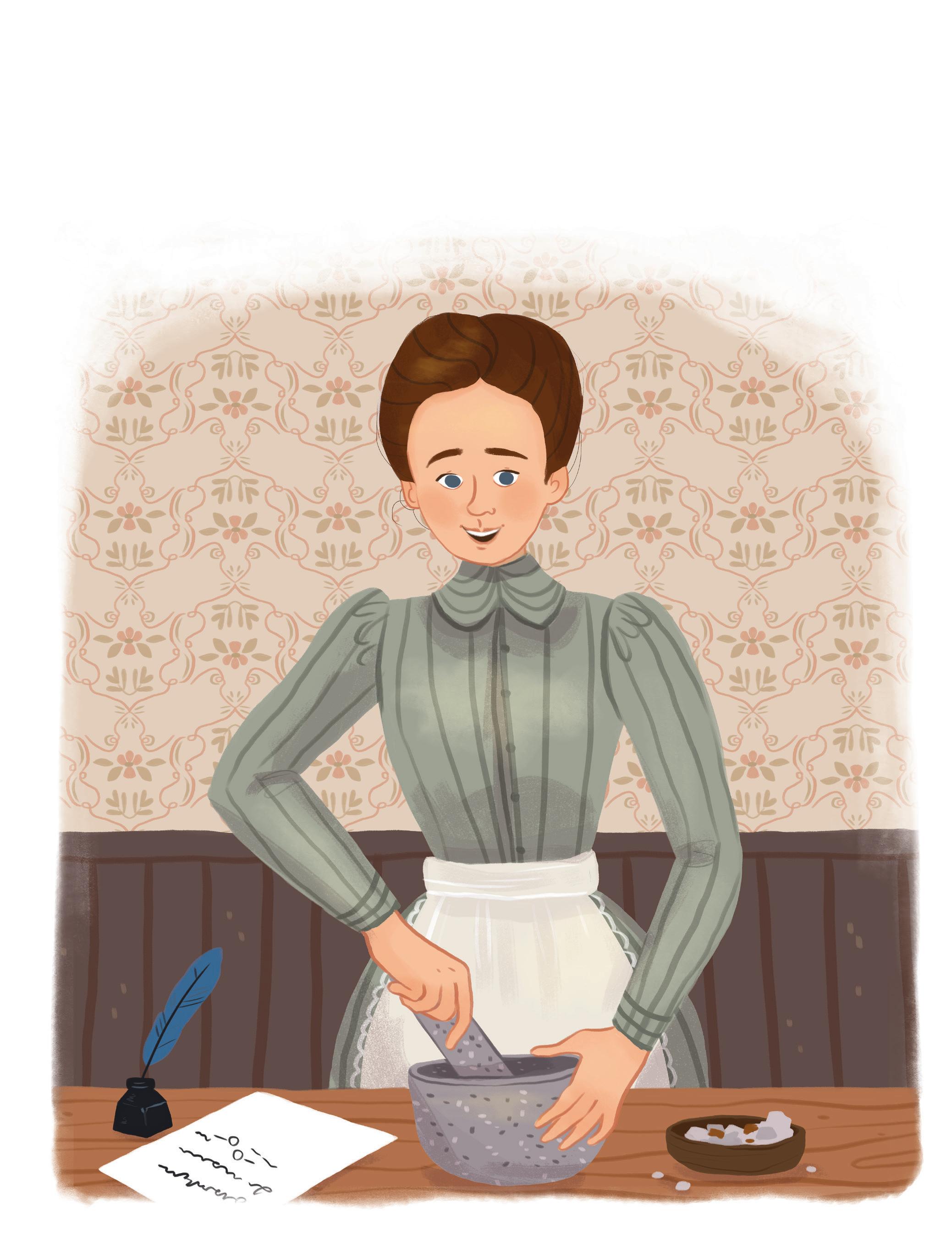
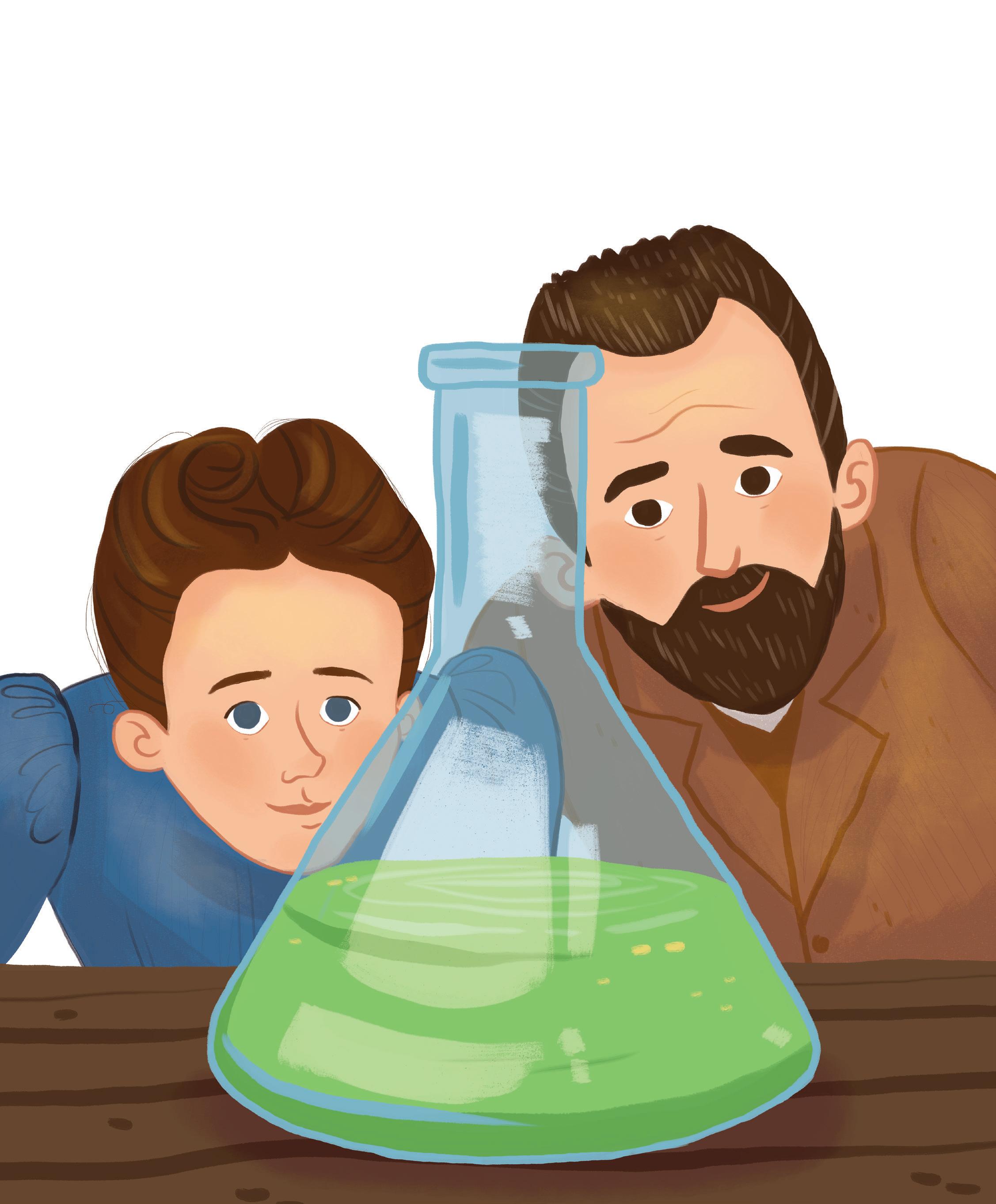

Further investigation showed that the liquid left behind after we had extracted that polonium was still extremely radioactive. There was yet another new element present – in even smaller quantities, but with far more radioactivity! Now we needed to get a sample of it…
Not only was the work very physically demanding, there were also dangers that we did not yet know about. Our hands became red and sore, and we started to feel rather ill. While we put it down to simply being exhausted, it would later be revealed that our illness was an early symptom of radiation sickness. We persevered and by 1902 we had finally produced a tiny – very tiny – quantity of pure radium. We had successfully proved the existence of this unique chemical element.
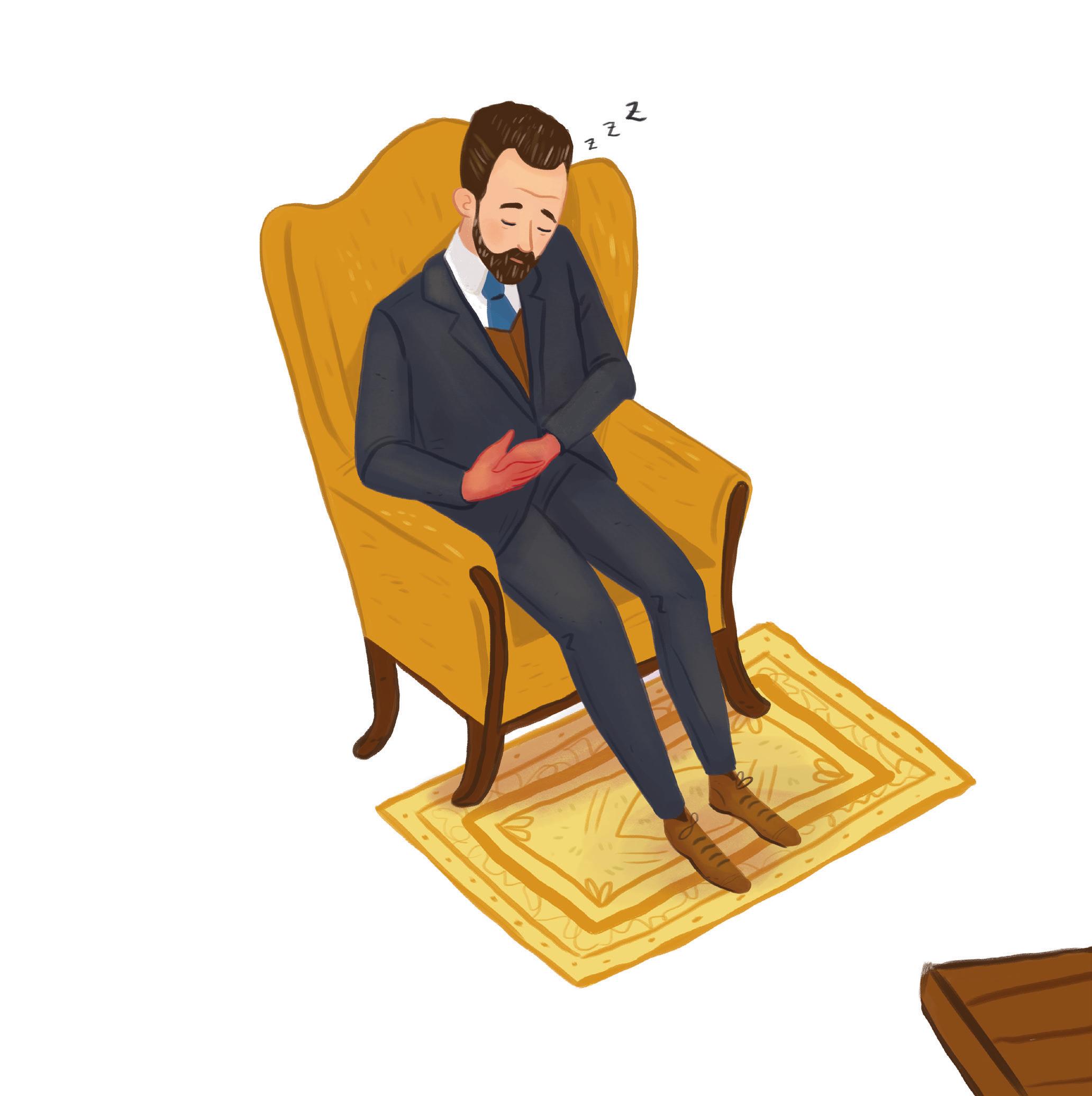
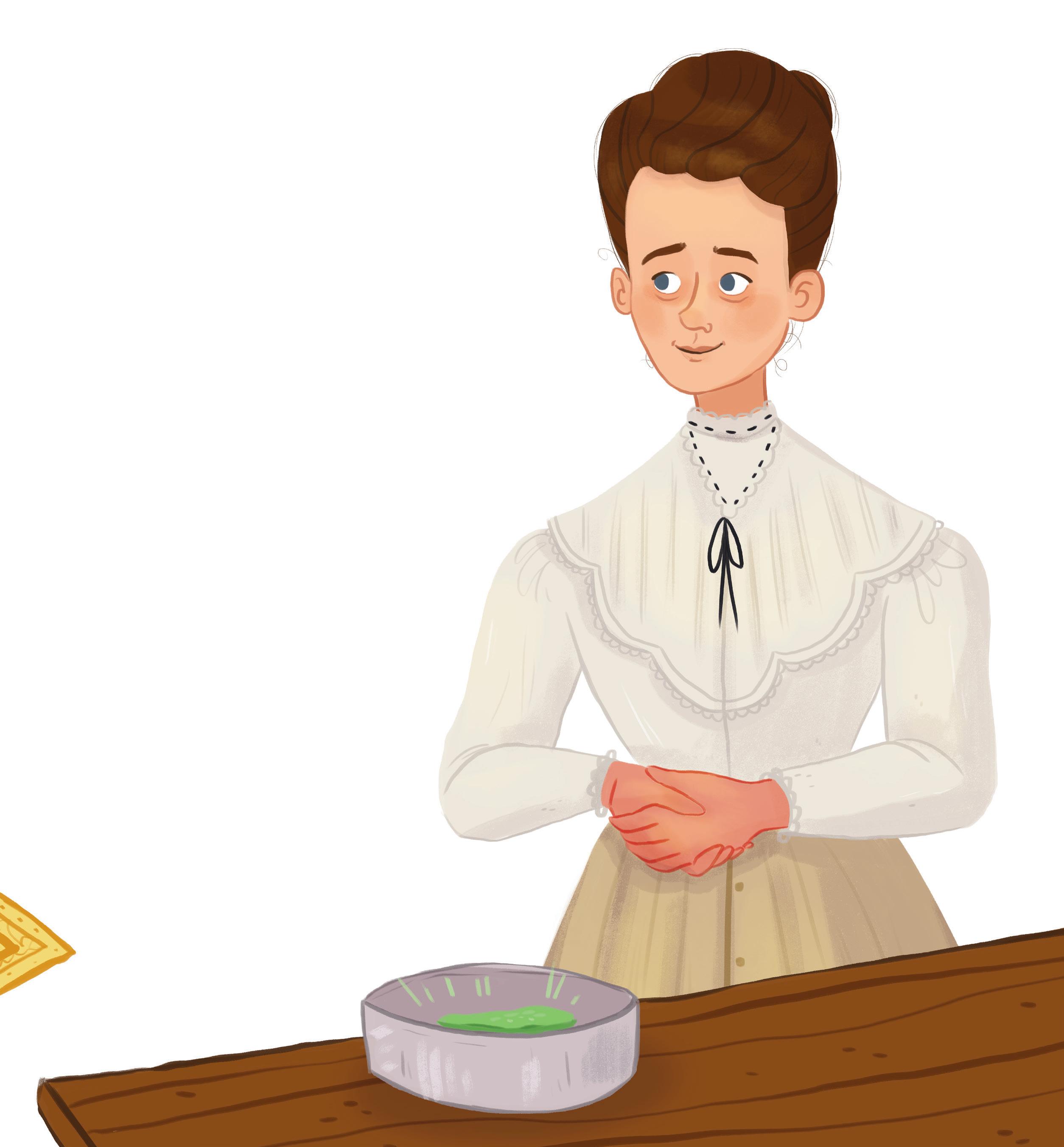

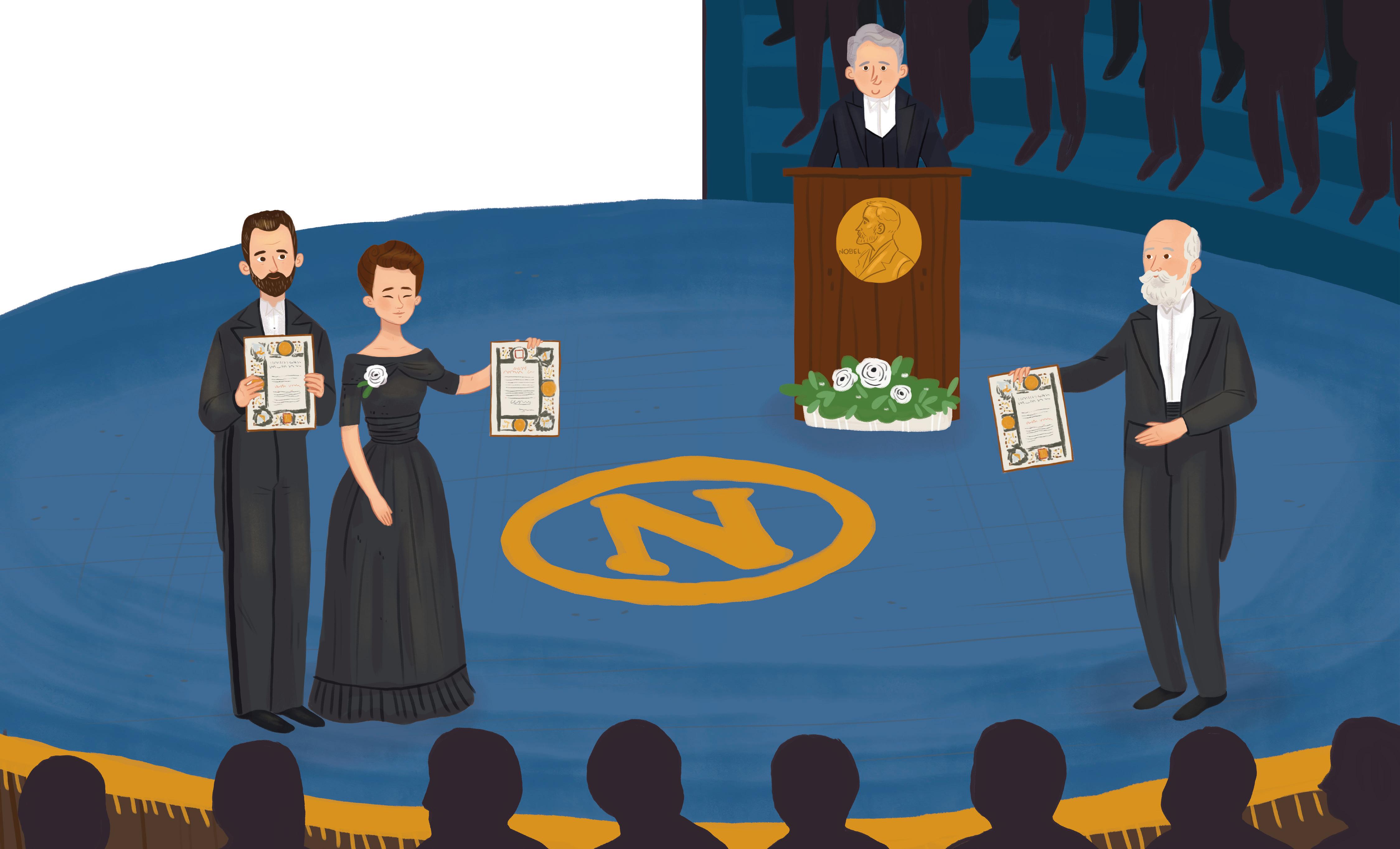
I earned my doctorate in Physics from the University of Paris in 1903. Later that same year, all of our hard work was rewarded when Pierre and I were presented with the Nobel Prize for Physics. Henri Becquerel won jointly with us, for his separate work on radioactivity. We used our award money to further our research and I would go down in history as the first woman to win a Nobel Prize.

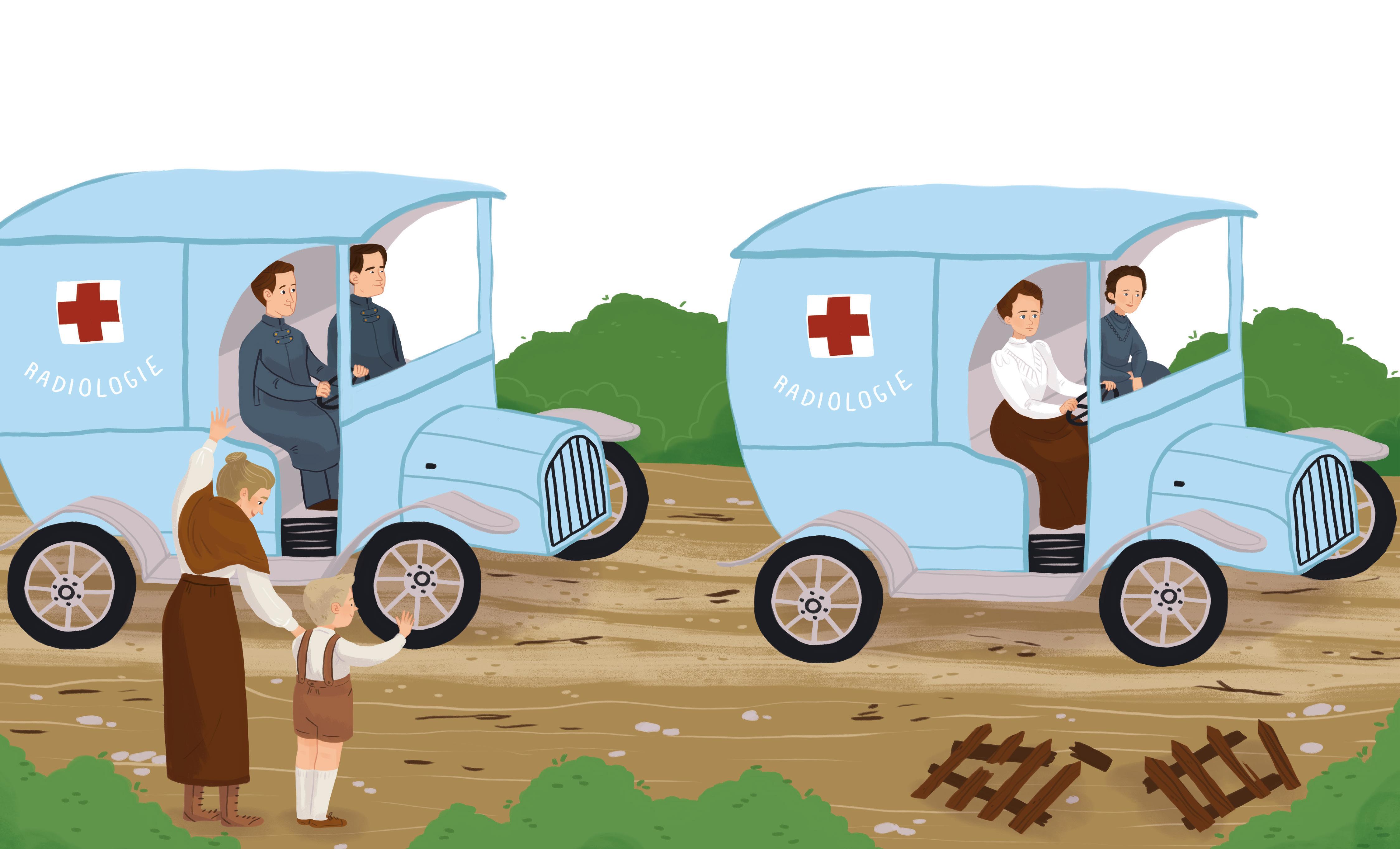
The First World War began in 1914 and I wanted to do my bit to help. So I became the Director of the Red Cross Radiological Service and asked throughout Paris for money, supplies and vehicles that could be converted into mobile X-ray machines, small enough to take to the battlefront.

By October of that year, the first machines were ready and I set off for the front with what became known as my “Petits Curies”, or “Little Curies”. My 17 year old daughter Irene came with me and we worked together at casualty clearing stations to locate fractures, bullets and shrapnel in wounded men.
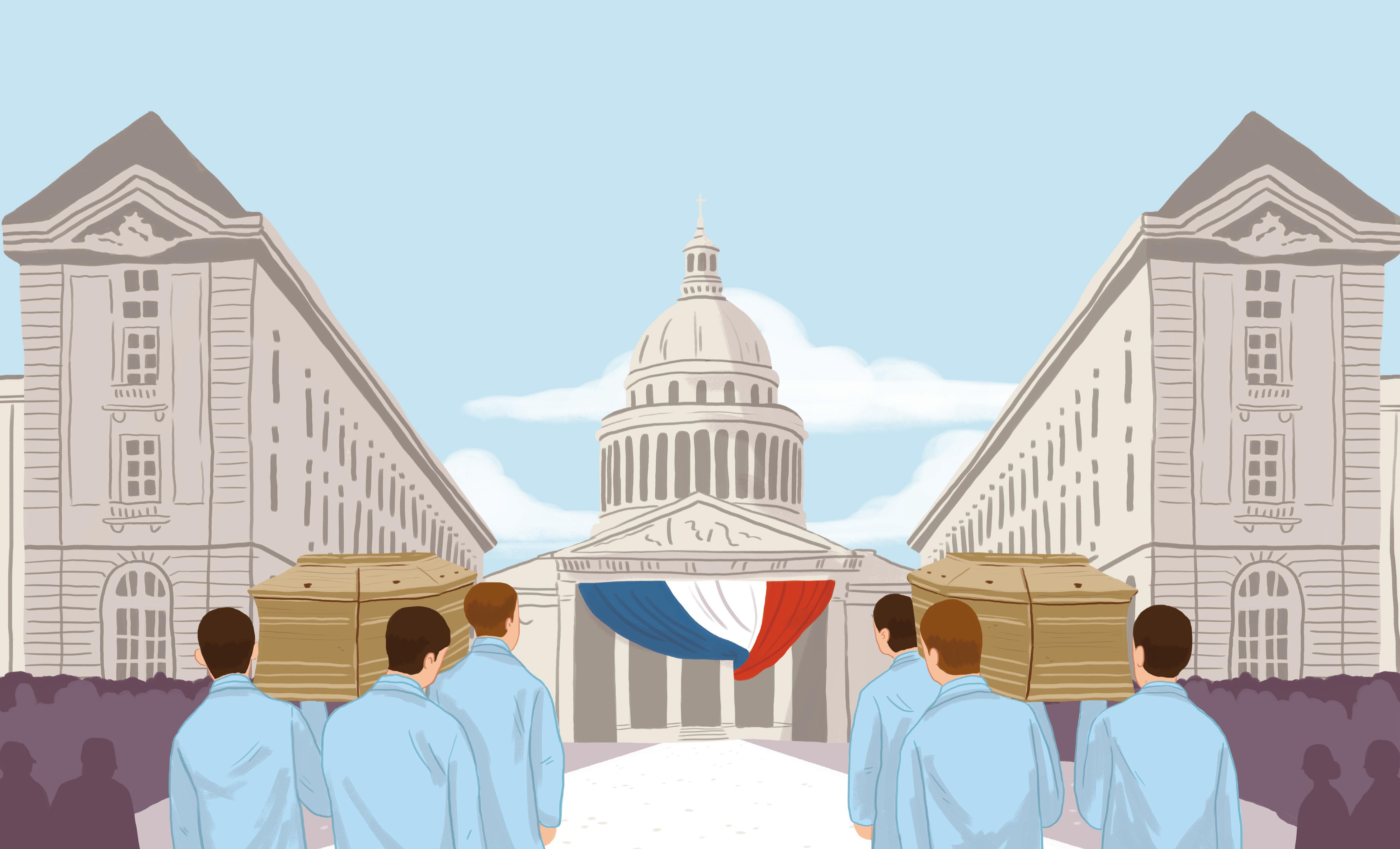
Sadly my life was cut short on 4th July, 1934, at 66 years old. I died from aplastic pernicious anaemia, which is believed to have been caused by prolonged exposure to radiation through my work with radioactive materials.

Many years later in 1995, the French President Francois Mitterrand declared that Pierre and I be reburied together in the Pantheon. Only France’s most important and admired dead are laid to rest at the mausoleum in Paris, and I was the first woman to be awarded a place there for my own achievements rather than those of my husband alone.
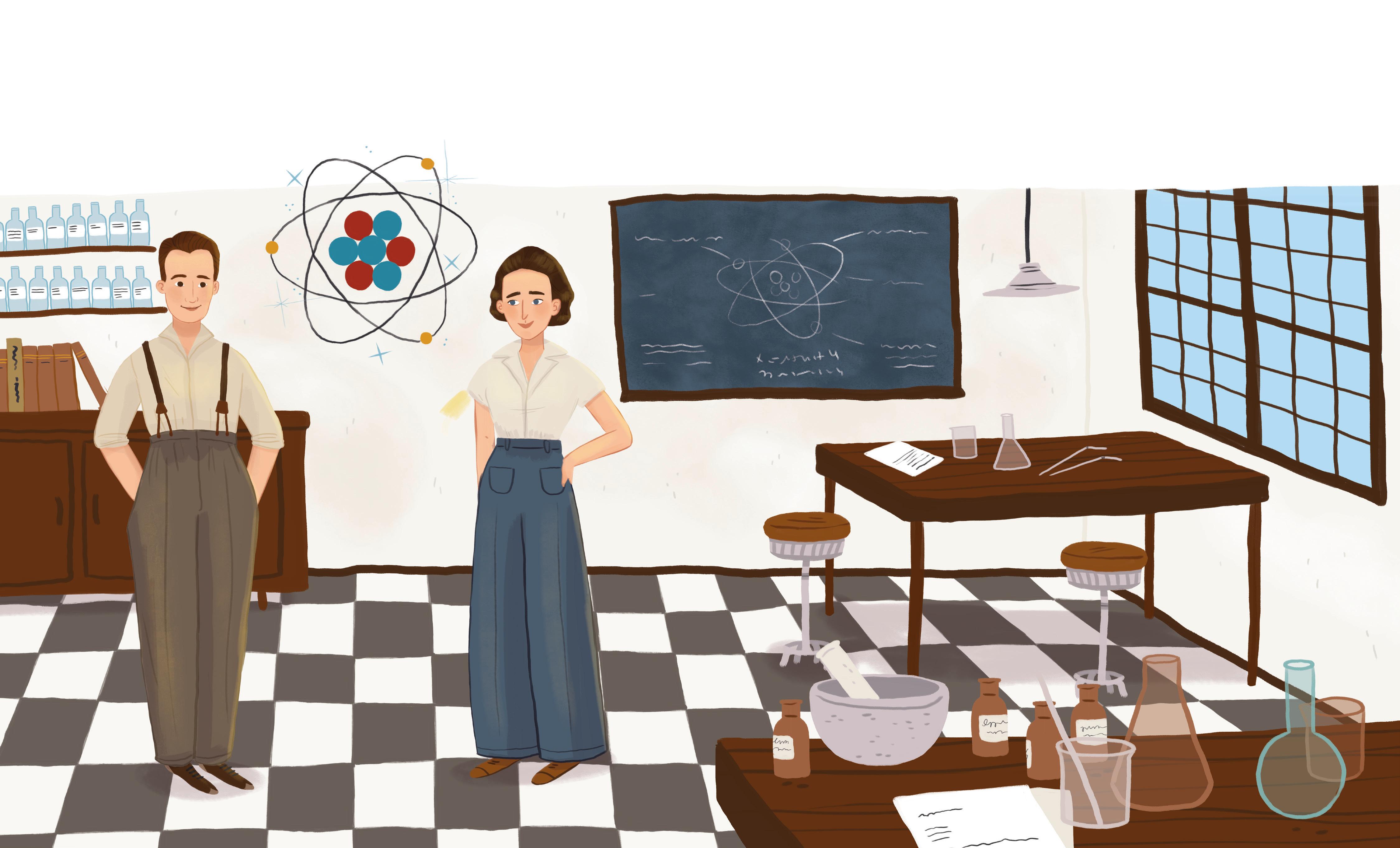
A love of science runs in the Curie family. My eldest daughter, Irene, took after her parents and became a research scientist. She married Frederic Joliot and they worked side-by-side on the nucleus of the atom, the centre that contains protons and neutrons.

They were discovered artificial radiation and, like Pierre and I, they were also awarded a Nobel Prize together. In 1956, Irene died of leukemia, another radiation-related illness. Hélène Langevin-Joliot, Irene’s daughter and my granddaughter, also became a famous nuclear physicist.
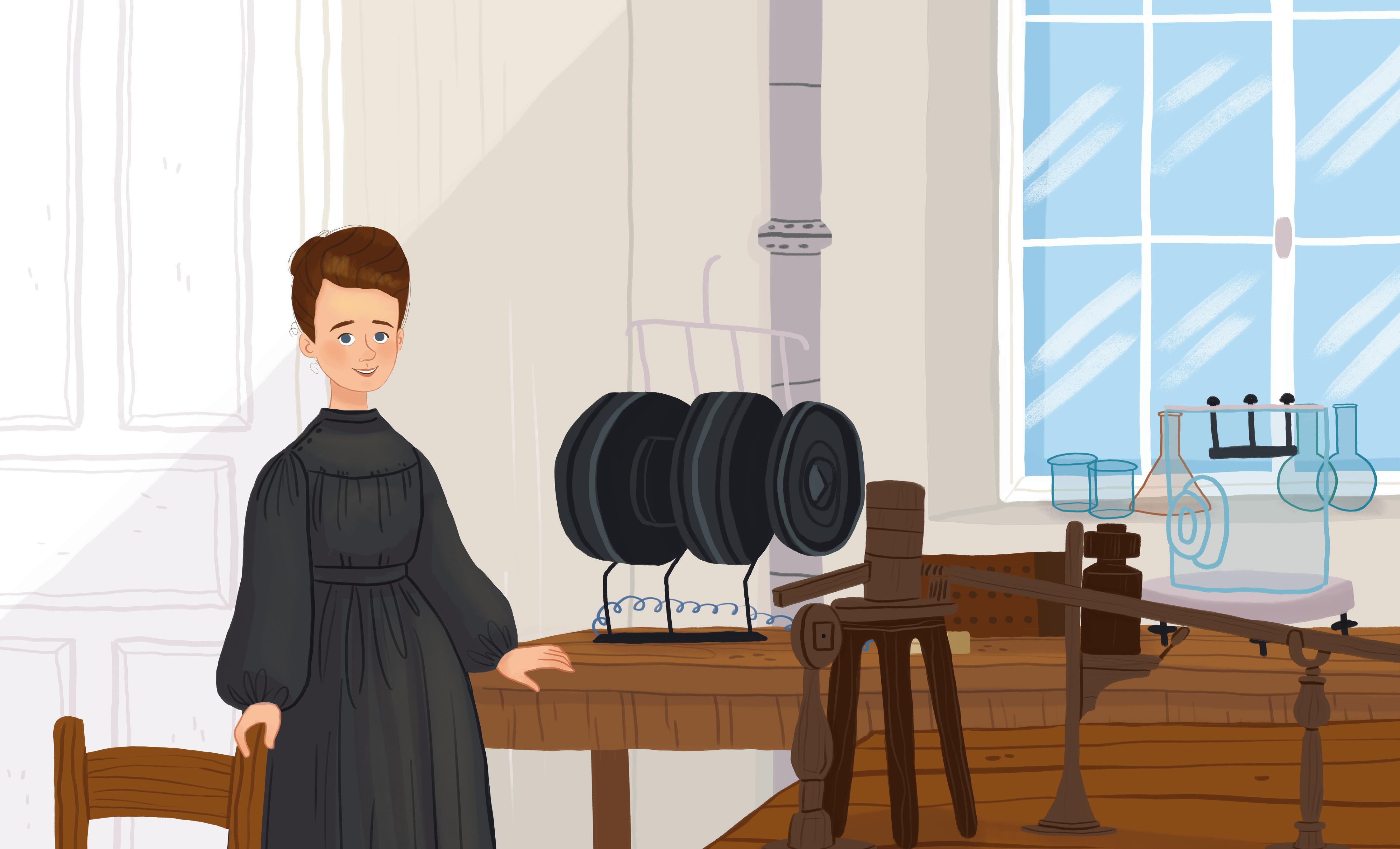
If there’s one thing I’ve learned in life, it’s not to let anything hold you back, whether it be your gender, race, religion… Sadly, there will always be people who think that those who are different to themselves are somehow inferior. Prove them wrong! I am very glad to have helped people living with cancer, but also, hopefully, to have inspired more women to choose a career in the maledominated field of science.

